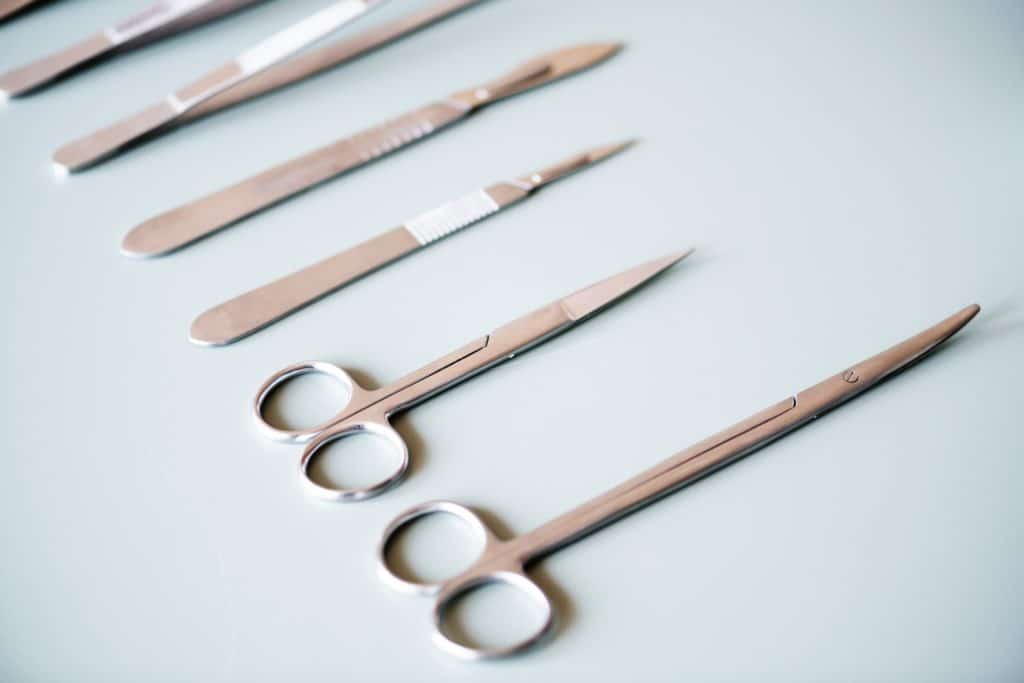For all the glitz and glamour Southern California offers, many residents of Los Angeles struggle with enjoying the many entertainment options. That’s because they have hearing loss, a condition that negatively impacts many areas of their everyday lives. Most patients must resign themselves to wearing hearing aids, but a lucky few may be able to reverse their impairment with surgery.
Surgical Solutions for Hearing Loss

Hearing loss occurs in different parts of the ear. There are three main types: sensorineural hearing loss (SSHL), also known as nerve deafness; conductive hearing loss; and mixed hearing loss.
How does sensorineural hearing loss work?
SSHL affects the inner ear and is by far the most common type; about 90 percent of people with hearing loss experience this kind. SSHL can be caused by noise, aging, disease, trauma, tumors and medications.
It is irreversible; once the hair cells in the cochlea have been damaged, they can’t be repaired and won’t grow back.
Can SSHL be treated with surgery?
Most patients are prescribed hearing aids to help them hear better and communicate more effectively. Those with severe hearing loss or deafness may be candidates for cochlear implants.
This surgical procedure bypasses damaged portions of the inner ear to directly stimulate the auditory nerve.
How do cochlear implants work?
Cochlear implants contain an electronic device that is surgically implanted beneath the ear; it is connected to electrodes that are placed in the cochlea. An external portion includes a microphone that captures sound and a processor that converts the sound to electrical signals that are transmitted to the internal component and converted to sound. This isn’t true “hearing,” however; cochlear implant patients must learn how to decode signals in order to understand speech and other sounds.
What causes conductive hearing loss?
Conductive hearing loss affects the outer and/or middle ear. It’s much less common; only one in ten people with hearing loss has this type. It occurs when sound is unable to reach the inner ear due to an obstruction or trauma. Causes include earwax buildup, infection, abnormal bone growth and foreign objects in the ears.
Can conductive hearing loss be treated with surgery?
If you do have conductive hearing loss, the odds are good that it can be reversed through a surgical procedure.
Common surgeries for correcting conductive hearing loss include:
- PE tubes. Patients with chronic ear infections—usually children—may be treated with pressure equalization (PE) tubes. These provide ventilation and allow fluid that has built up in the inner ear to drain. PE tubes are inserted surgically and should fall out on their own after 6-18 months.
- Stapedectomy. Patients whose hearing loss is caused by a hardening of bone tissue in the middle ear known as osteosclerosis often undergo a surgical procedure called a stapedectomy. This involves either partial or total removal of the stapes bone, letting sound waves pass through to the inner ear unimpeded. 90 percent of patients who have this procedure report a significant improvement in their hearing afterward.
While it’s great that surgery can, in some cases, reverse hearing loss, it’s important to note that the vast majority of patients have damage to the inner ear, which cannot be corrected.
What should you do if you suspect hearing loss?
However, most of them will benefit from hearing aids. These may not offer a cure, but they do enable you to enjoy a better quality of life and participate in many activities that would otherwise be difficult with untreated hearing loss. For more information, schedule a visit with a Los Angeles audiologist.
Related Hearing Loss Posts:
- FACTS ABOUT HEARING LOSS IN CALIFORNIA
- FOUR REASONS YOU SHOULD INVEST IN YOUR HEARING HEALTH
- CAN HEARING LOSS LEAD TO POOR ACADEMIC PERFORMANCE?
Los Angeles Area Audiologists Office Locations
LA Audiologist Office Map
2100 West 3rd Street
Los Angeles, CA 90057
(213) 483-9930